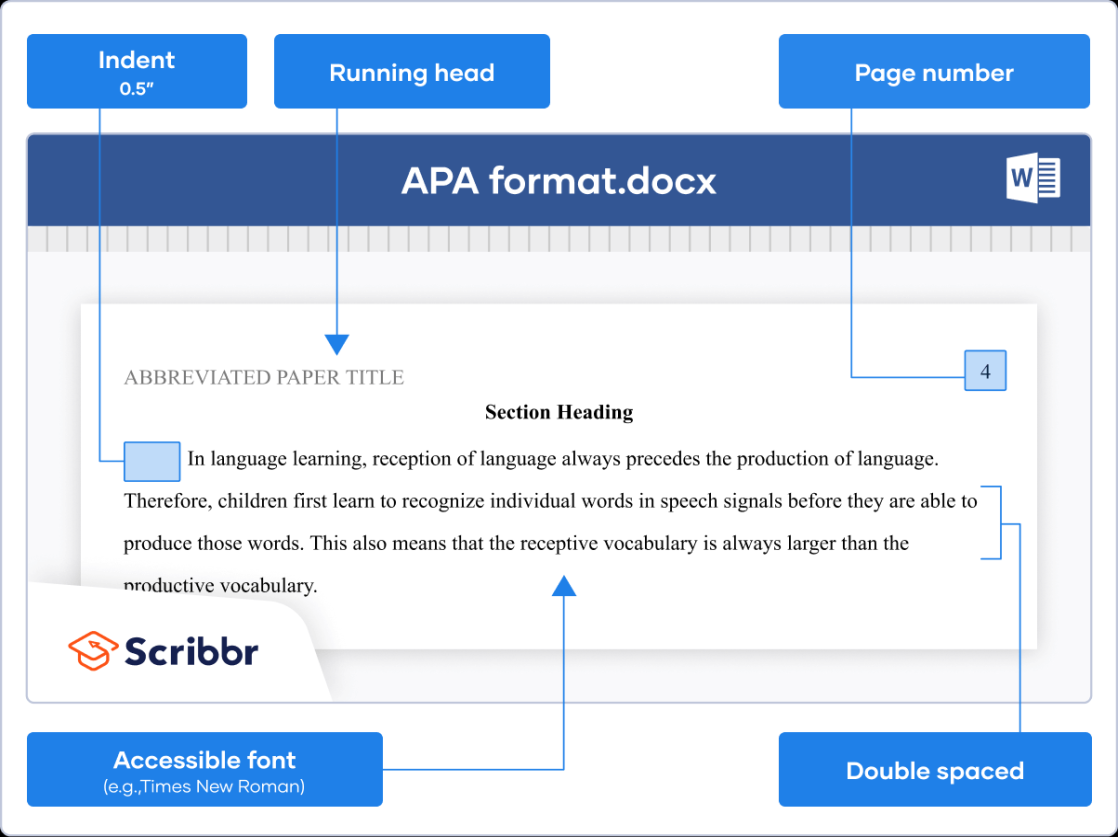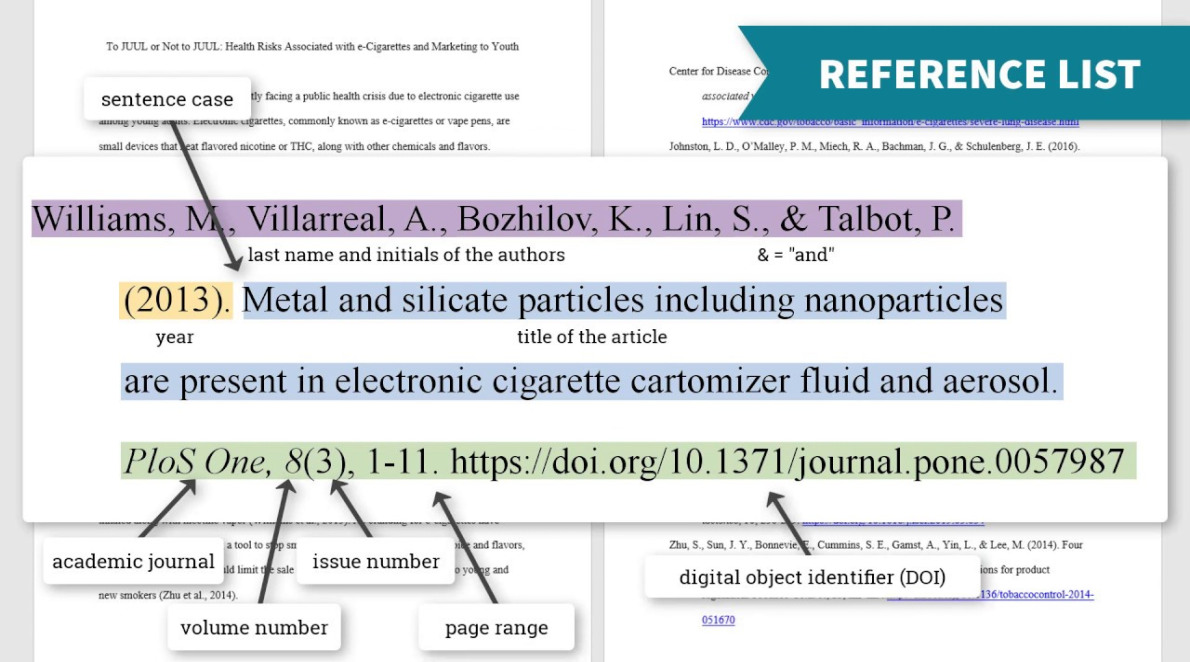Example of APA 7th Edition In-Text Citation
What do you mean by APA 7th Edition In-Text Citation?
APA (American Psychological Association) style is widely used in academic writing to cite and reference sources. The 7th edition of the APA Publication Manual provides guidelines for creating citations, both in-text and in the reference list, to ensure proper attribution of ideas and information used in research papers, essays, and other scholarly works. In-text citations are brief references within the body of the text that enable readers to locate the full source of the information cited.
How to use APA 7th Edition In-Text Citation?
Using APA 7th edition in-text citation involves including the author’s last name and the year of publication in parentheses within the text. This helps readers identify the source and locate the full reference in the reference list. If a direct quote is used, the page number should also be included. For example:

According to Smith (2020), the results indicated a significant correlation between stress levels and academic performance (p. 45).
If the author’s name is mentioned in the sentence, you only need to include the year and page number in parentheses:

Smith (2020) found a significant correlation between stress levels and academic performance (p. 45).
What is known about APA 7th Edition In-Text Citation?
The APA 7th edition introduced some notable changes in in-text citations. One significant change is the inclusion of up to 20 authors in the in-text citation for works with multiple authors. For works with three or more authors, the first author’s name is followed by et al. (meaning and others) in subsequent citations. Another change is the use of p. for page numbers in both print and electronic sources, replacing the previous use of pp. for print sources only.

The 7th edition also emphasizes the use of DOIs (Digital Object Identifiers) or URLs when available, especially for electronic sources, to provide stable links to the referenced content. If a DOI or URL is included in the source, it should be included in the in-text citation as well.
Solution for using APA 7th Edition In-Text Citation
To ensure accurate and proper use of APA 7th edition in-text citation, it is recommended to consult the APA Publication Manual or online resources that provide detailed guidelines and examples. These resources offer specific instructions for citing different types of sources, including books, journal articles, websites, and more. Additionally, using citation management tools, such as EndNote or Zotero, can greatly simplify the process by automatically generating APA formatted citations.
Information on APA 7th Edition In-Text Citation
When using APA 7th edition in-text citation, it is important to keep the following key points in mind:
Include the author’s last name and the year of publication within parentheses.
For direct quotes, include the page number.
For works with multiple authors, include up to 20 authors in the in-text citation.
For subsequent citations of works with three or more authors, use et al.
Use p. for page numbers in both print and electronic sources.
Include DOIs or URLs when available.
By adhering to these guidelines, you can ensure that your in-text citations are accurate, consistent, and compliant with the APA 7th edition style.
Conclusion
APA 7th edition in-text citation is an essential component of academic writing, providing clear and concise attribution to the sources used. By following the guidelines and examples provided in the APA Publication Manual, you can accurately cite your sources and avoid plagiarism. Remember to consult the manual or online resources for specific instructions on citing different types of sources, and consider using citation management tools to streamline the process. Properly using APA 7th edition in-text citation will enhance the credibility and integrity of your scholarly work.
FAQs (Frequently Asked Questions)
Q: Can I use APA 6th edition in-text citation instead of the 7th edition?
A: While the 7th edition is the latest version of APA style, some institutions or specific disciplines may still require the use of APA 6th edition. It is important to check with your instructor or academic institution for their preferred citation style.
Q: How do I cite sources with no author in APA 7th edition in-text citation?
A: If a source has no author, you can use the title of the work in place of the author’s name in the in-text citation. It is recommended to abbreviate the title if it is lengthy. For example: (Title of the Work, 2020).
Q: Are there any exceptions to the APA 7th edition in-text citation guidelines?
A: While the APA Publication Manual provides comprehensive guidelines, there may be exceptions or specific cases that require slight modifications. In such instances, it is best to consult your instructor or refer to the official APA resources for clarification.
Q: Can I use footnotes instead of in-text citations in APA 7th edition?
A: APA style primarily uses in-text citations for referencing sources within the text. Footnotes are generally not used for in-text citations in APA style. However, consult your instructor or academic institution for specific guidelines regarding the use of footnotes.
Q: Is it necessary to include the DOI or URL in the in-text citation?
A: It is not mandatory to include the DOI or URL in the in-text citation. However, if a DOI or URL is available and can assist readers in locating the source, it is recommended to include it for electronic sources, especially when the source may not be easily accessible or could change over time.